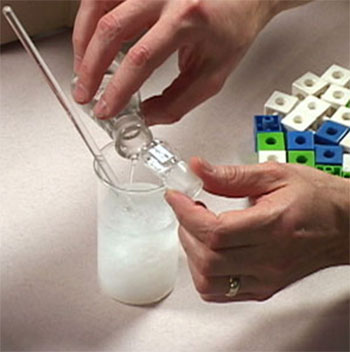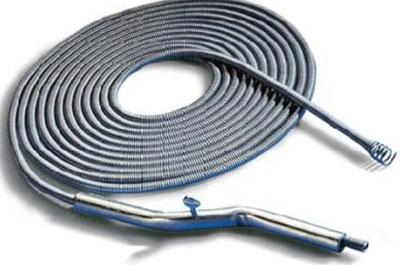The kitchen is one of the most used rooms in the home. In fact, the adage “the kitchen never sleeps” may be true for some households.
The most common appliances in the kitchen are the refrigerator, stove, microwave oven, and dishwasher, while the sink and kitchen cabinets make up the furniture. These are all associated with cooking and food preparation, but the kitchen is also known for something else – washing.
It is here where people wash foods, dishes, their hands, and sometimes even the laundry. It is for these functions that make plumbing maintenance in the kitchen important. While it is still possible to cook the most delicious foods in the kitchen without a well maintained plumbing, food cleanliness will be compromised which may often result to illnesses and diseases.
Functions of Kitchen Plumbing
Kitchen plumbing has two functions: (1) to deliver water from the main source to the taps and (2) to drain down waste water from the kitchen sink to the sewage system safely away from the home. Here are just three kitchen plumbing maintenance tips based on the two functions.
Three Steps in Kitchen Plumbing Maintenance
First, take good care of the taps to avoid loosening the valves and fittings. Be careful when turning them open and shut. We have become so familiar with the kitchen faucet that it’s so easy to turn them left-right or up-down carelessly. Children have a tendency to do this. It won’t hurt to teach them how to handle kitchen plumbing fixtures properly.
Second, make it a point to schedule preventive plumbing maintenance care with a professional plumber. It is important to fix or replace leaky, damaged or burst pipes to make sure water doesn’t get contaminated. Damaged pipes should be repaired immediately once detected to make sure the problem doesn’t get worse.
And third, clean the kitchen sink after every use and make sure to remove hair, food and any debris from the strainer so that they won’t clog the drain pipe. If the drain does get clogged, try doing these three things to get it unclogged:
1. Use the plunger to loosen whatever it is that’s blocking the pipes. The pressure from the plunger could either siphon the clogged debris back onto the sink or shatter them into tiny pieces so you could flush them down the drain without any problem.

Mix vinegar and baking soda as cleaning material
2. If the plunger won’t work, mix white vinegar and baking soda to make your own drain cleaning material. The mixture has been found to be as effective as the most common cleaning products you see in the department store without the chemical contents. Pour the mixture directly into the drain and let it fizzle for about ten minutes. This means its breaking down the blocked debris into liquid form. Flush down the mixture with boiling water. That should do the trick.

This kind of plumber snake might require plumber to get it done
3. If the mixture won’t work either, it is time to get the plumber’s snake (a.k.a toilet jack) to poke and loosen the debris. This should work but if you’re not used to maneuvering the snake, you might need to call a plumber to get the job done.
Overall, take good care of your kitchen to make sure your family and guests get to enjoy a delicious and hearty meal every time food is prepared. It takes simple discipline and practical steps to maintain kitchen plumbing.
Joyce Del Rosario is a blogger from Toronto Plumber, one the of the leading sites offering Sewer Camera Inspections.